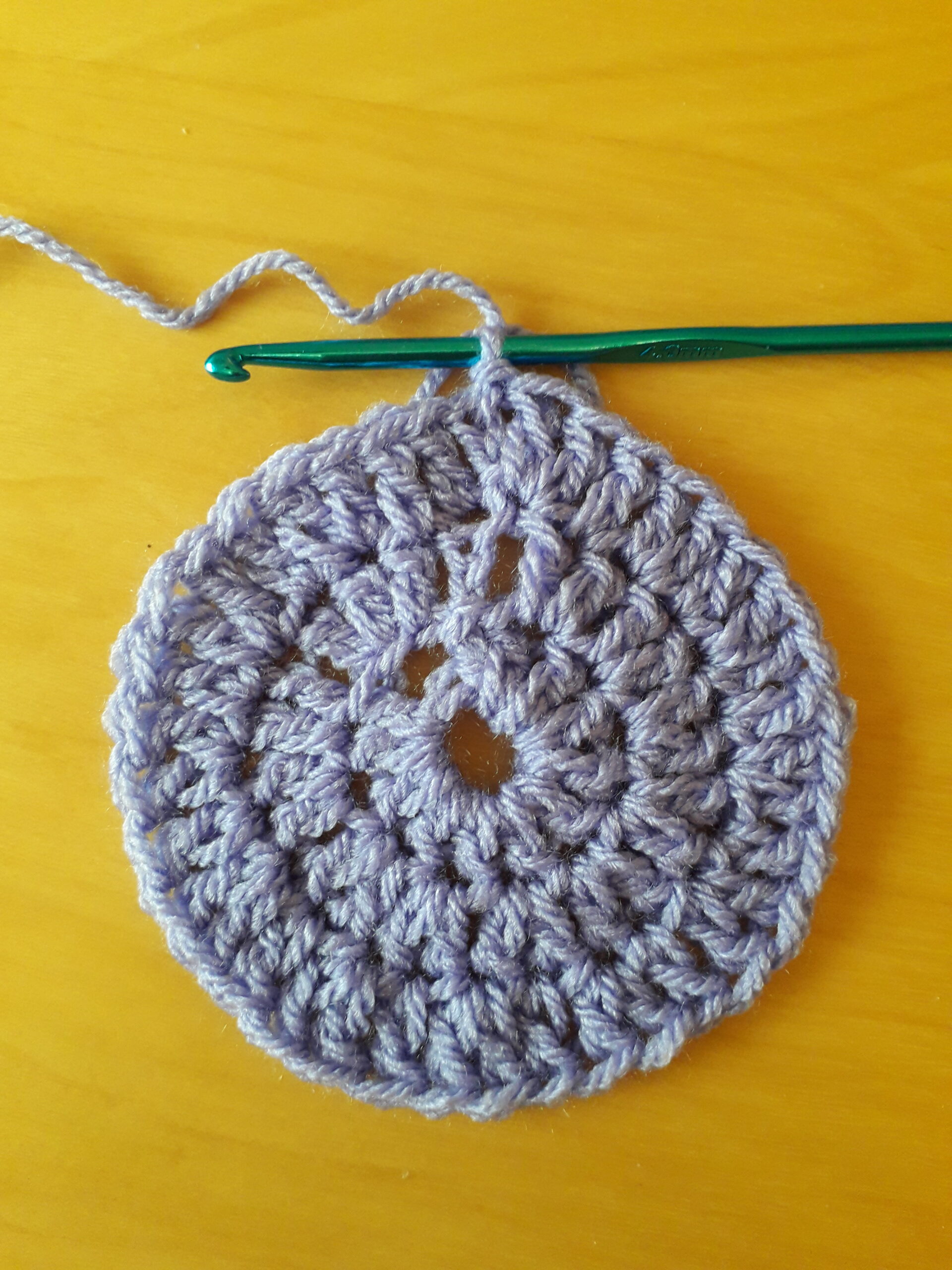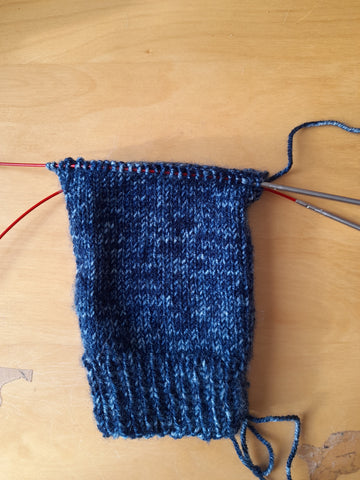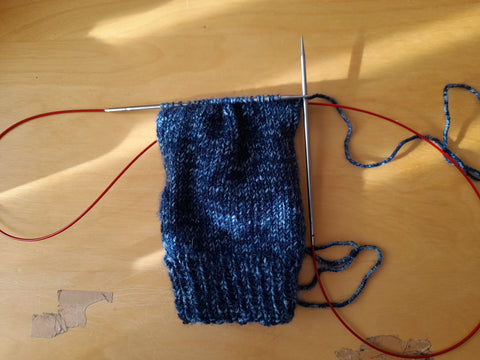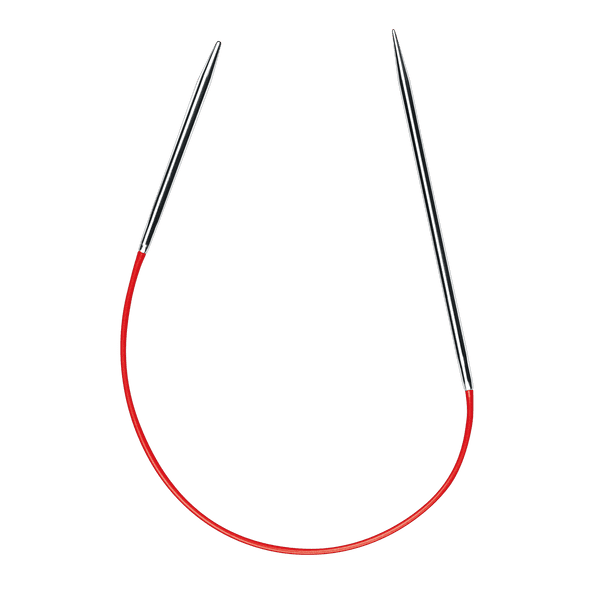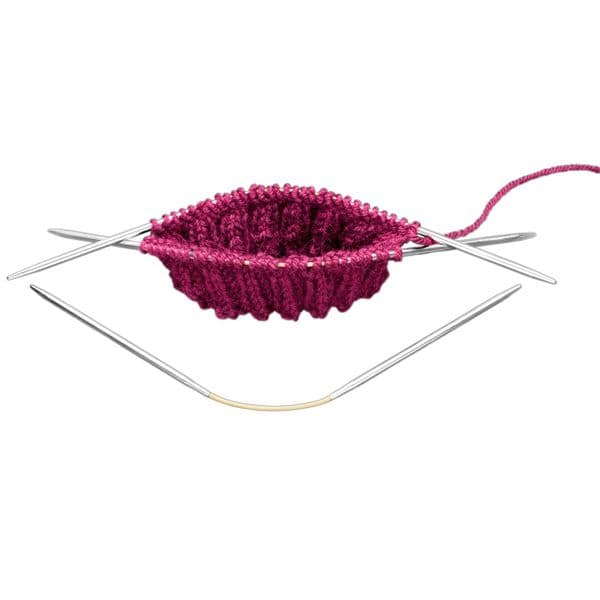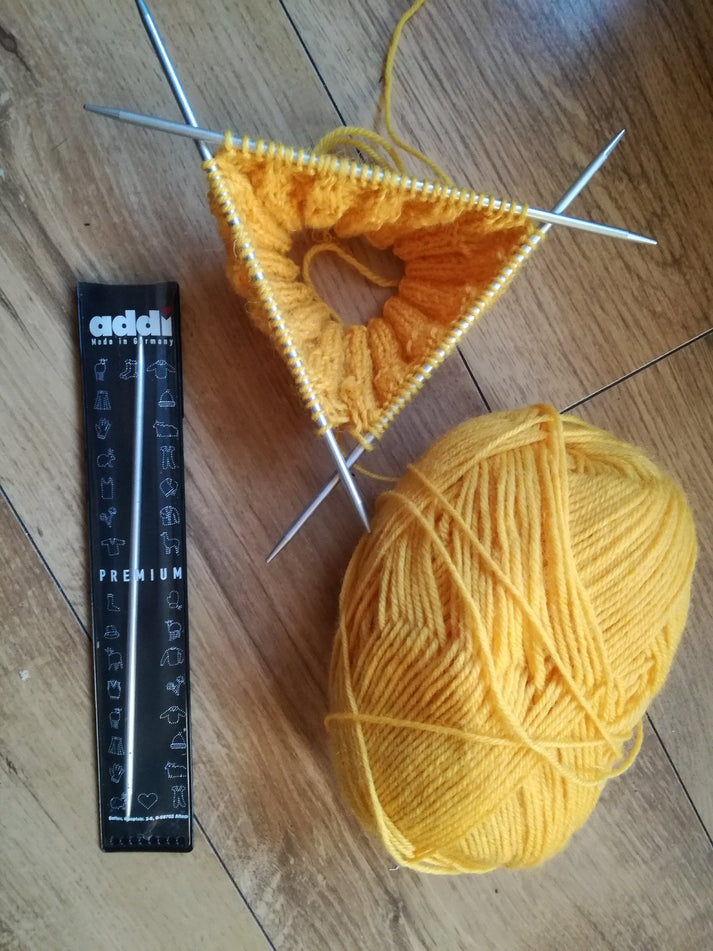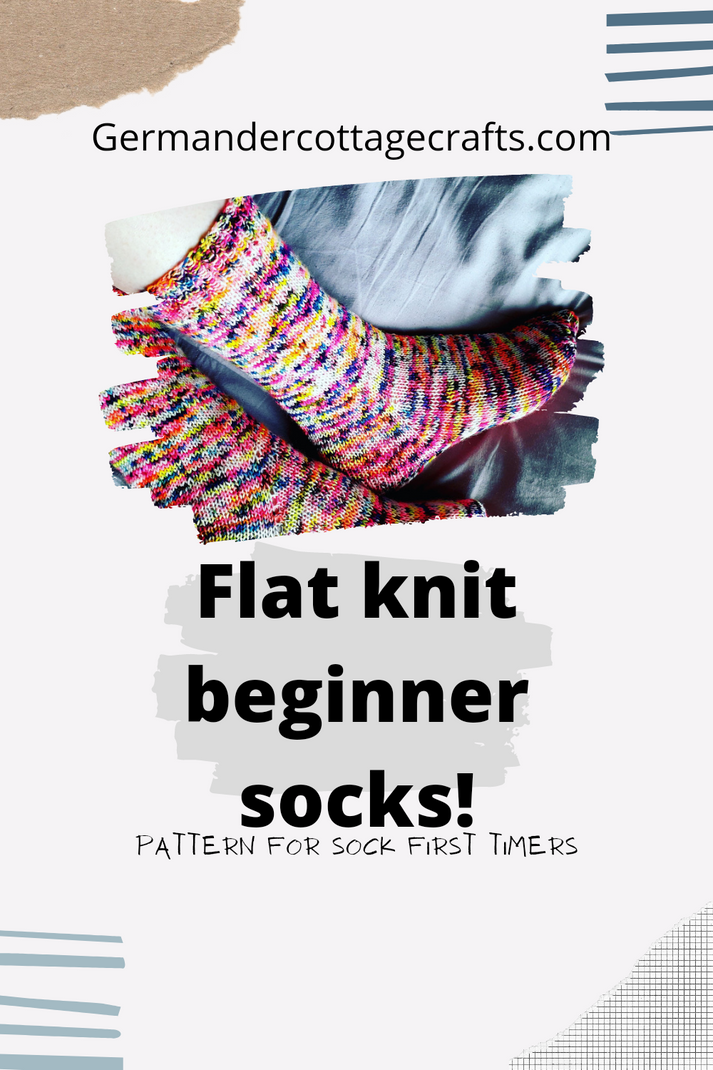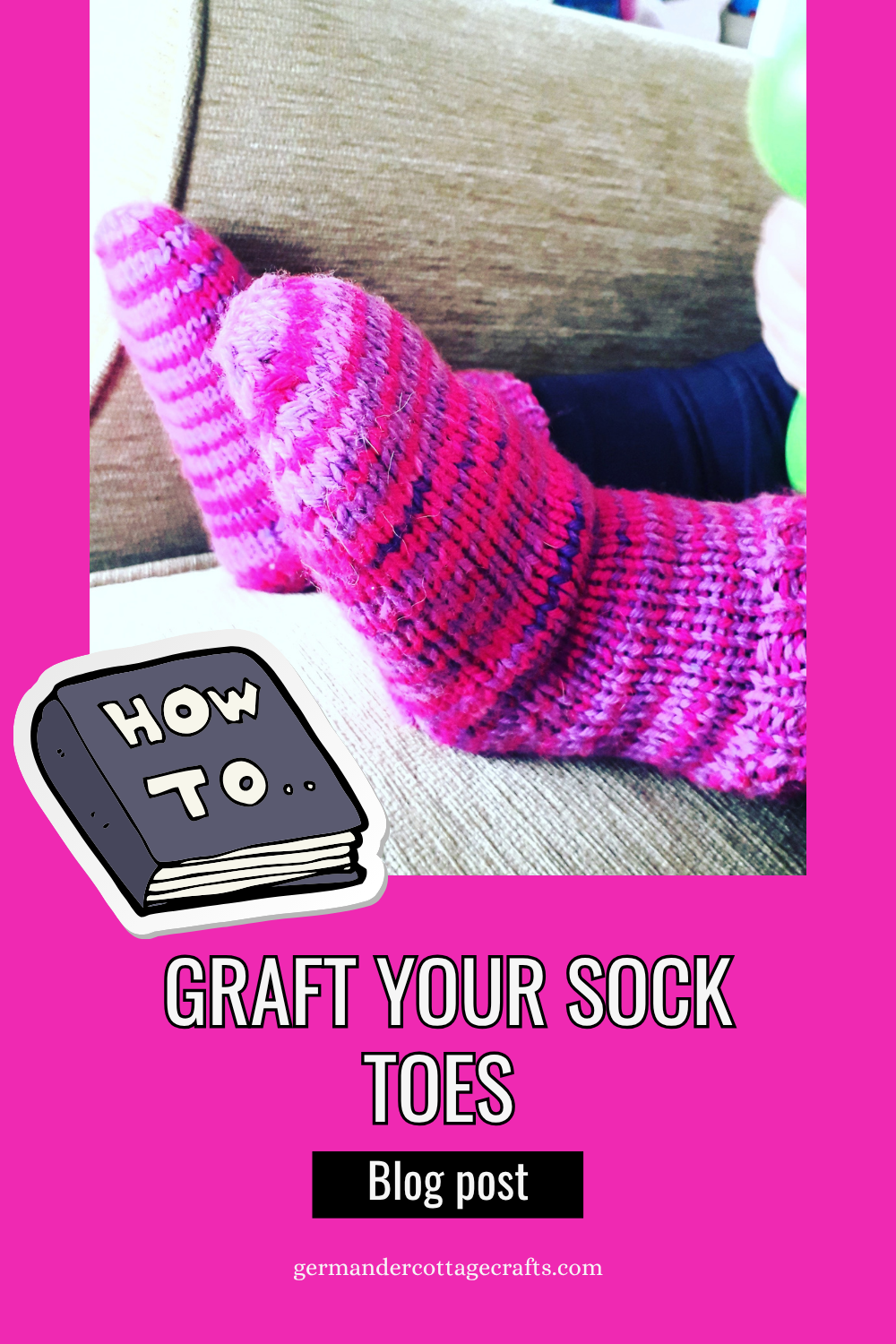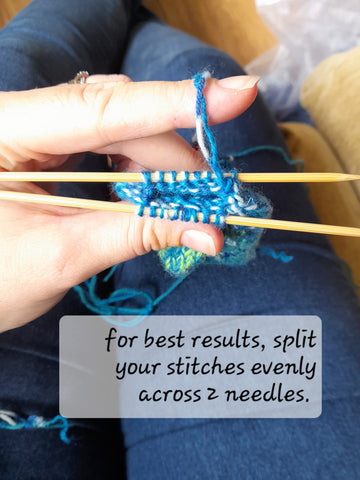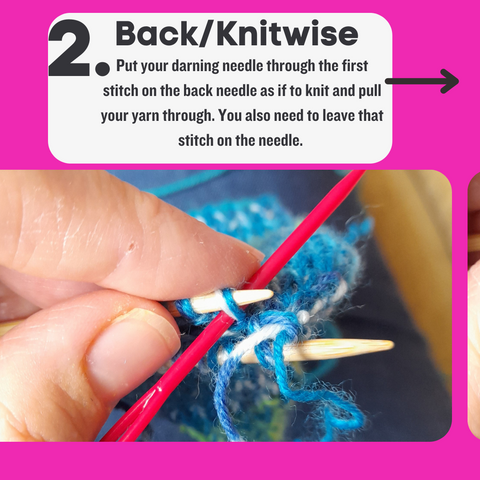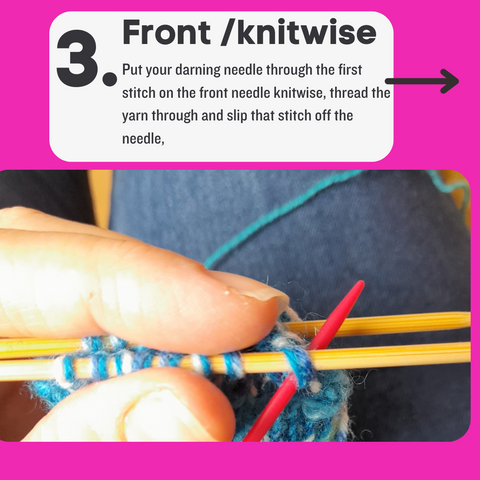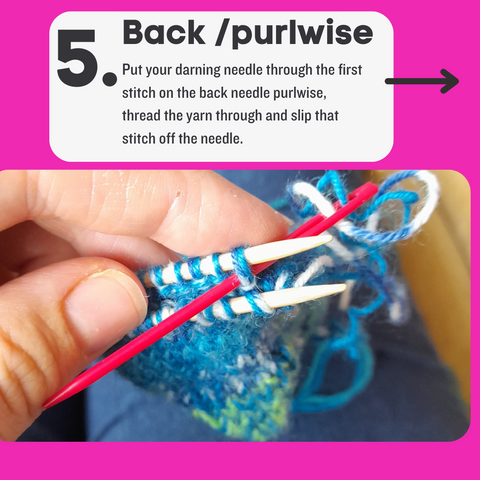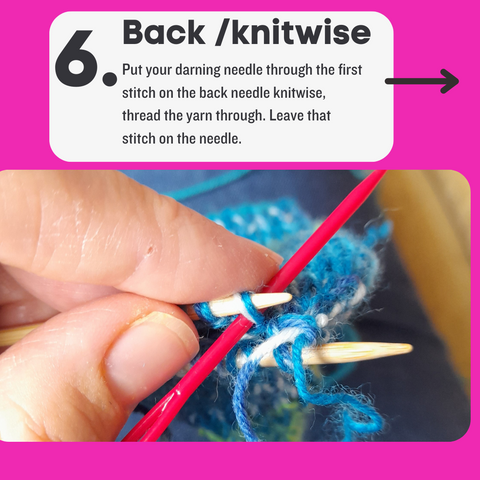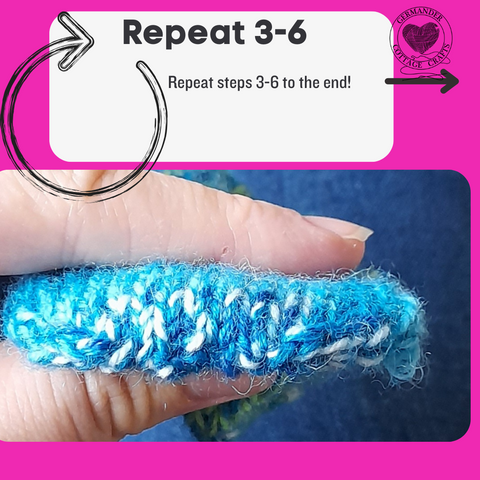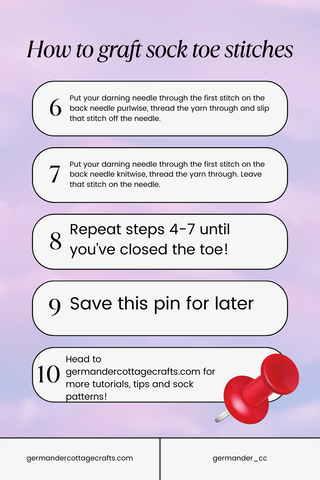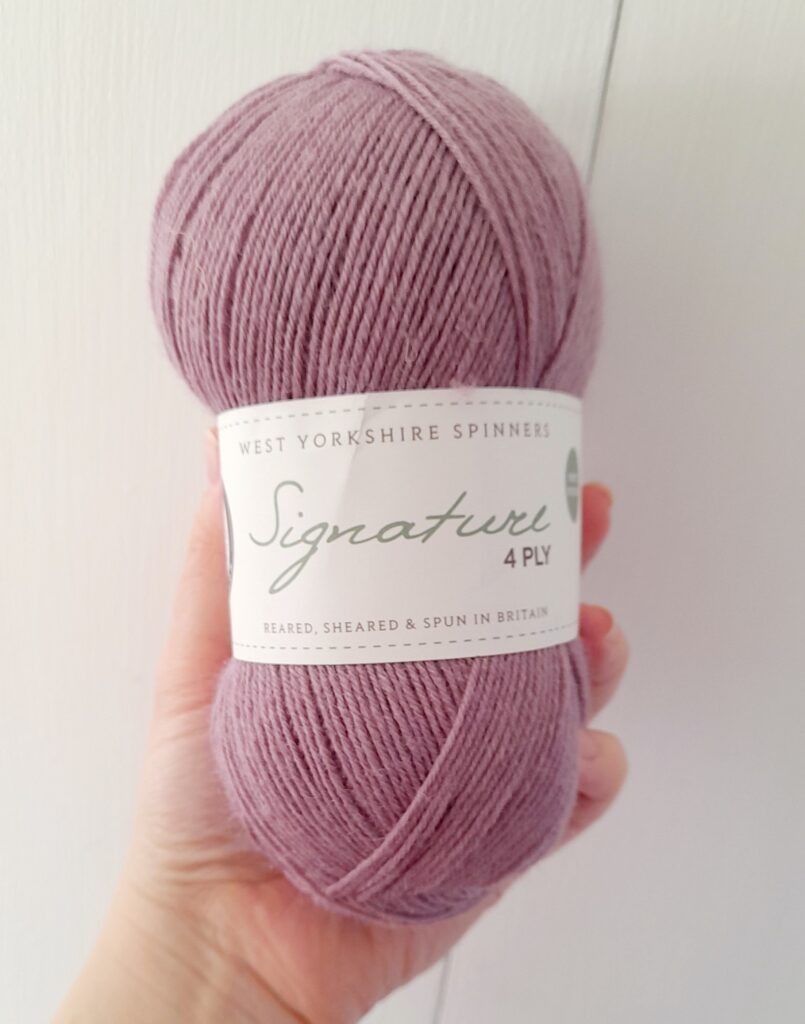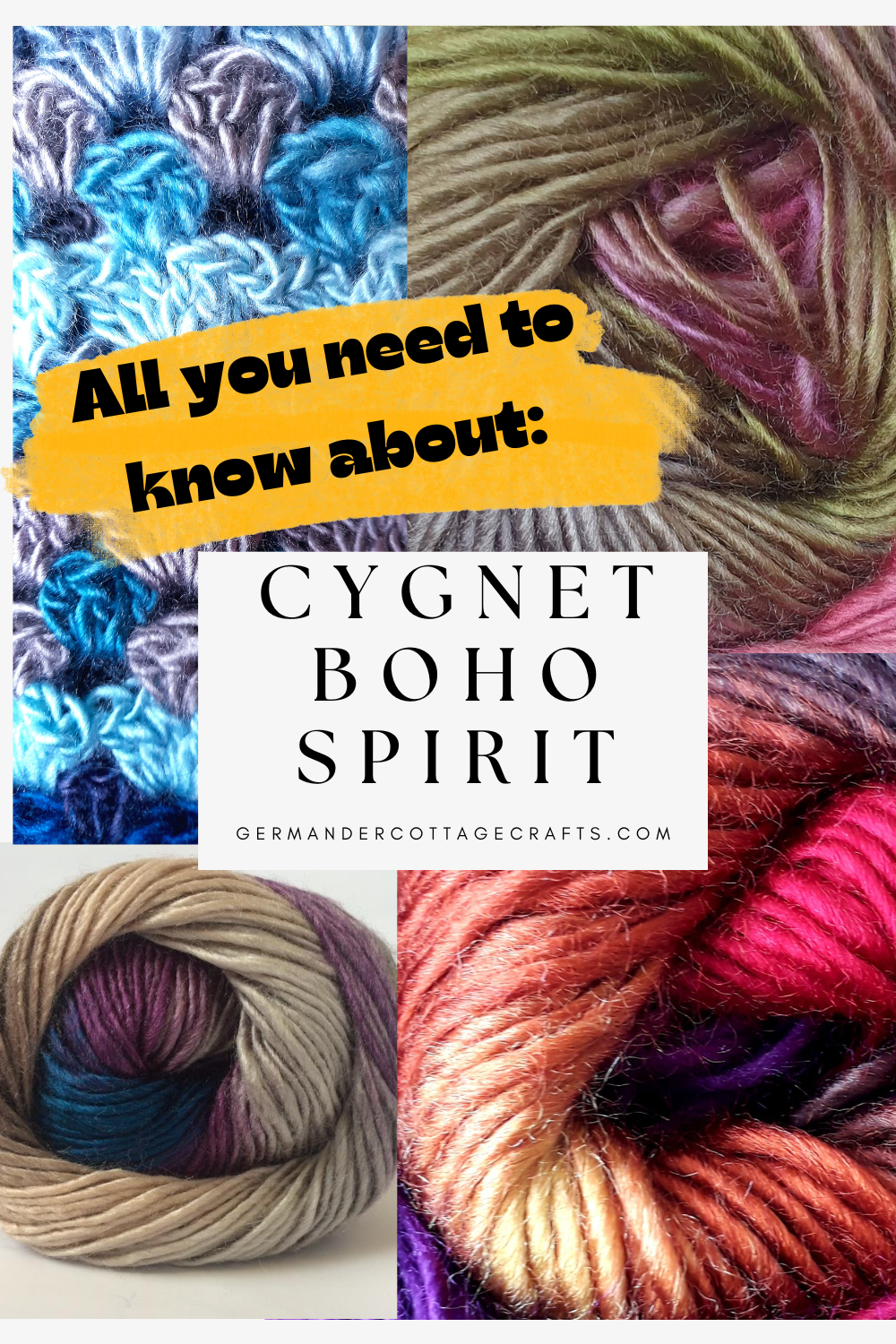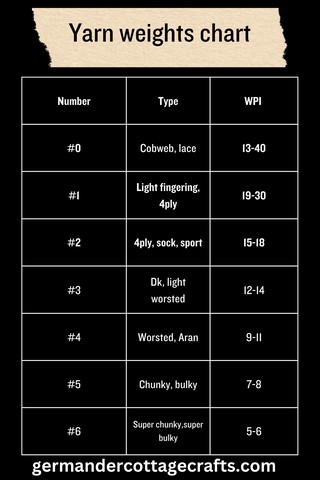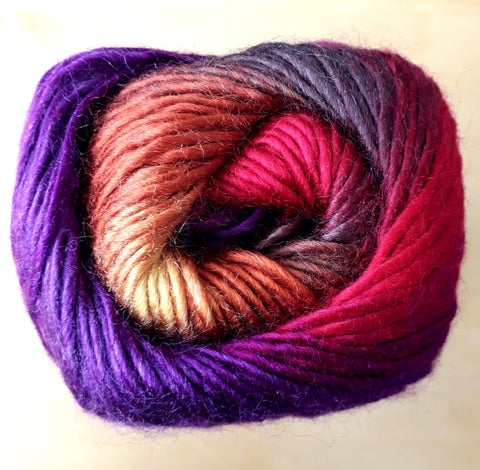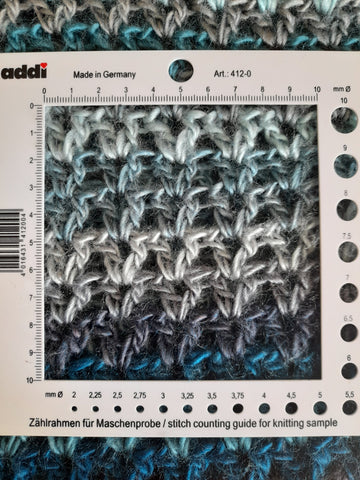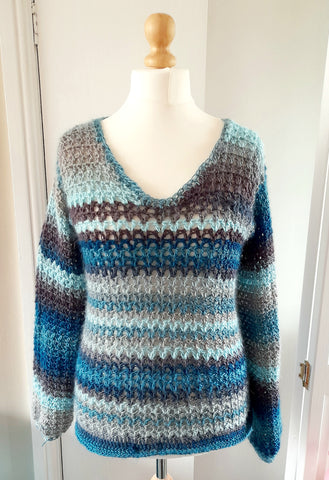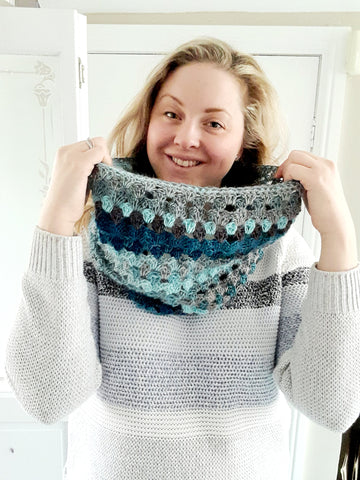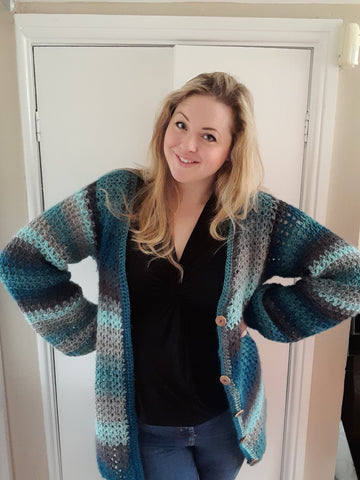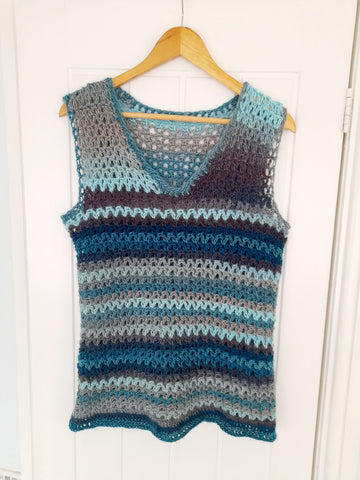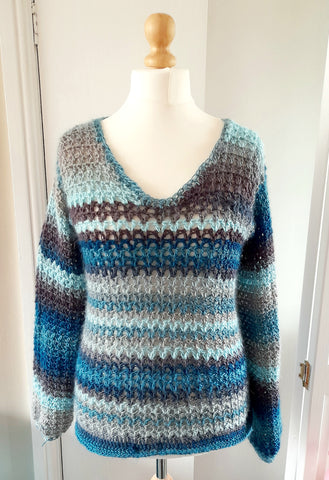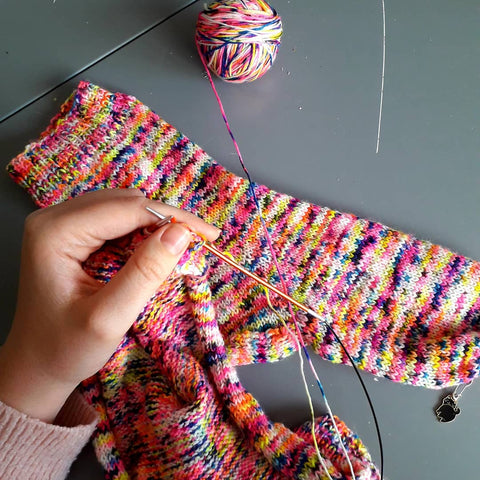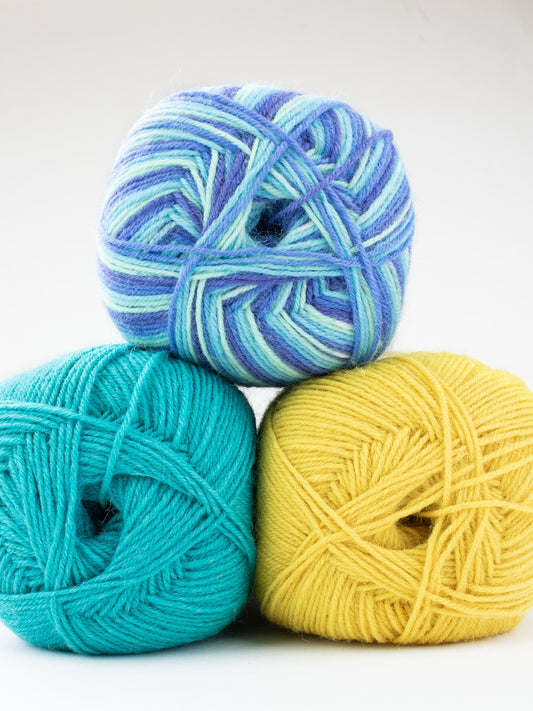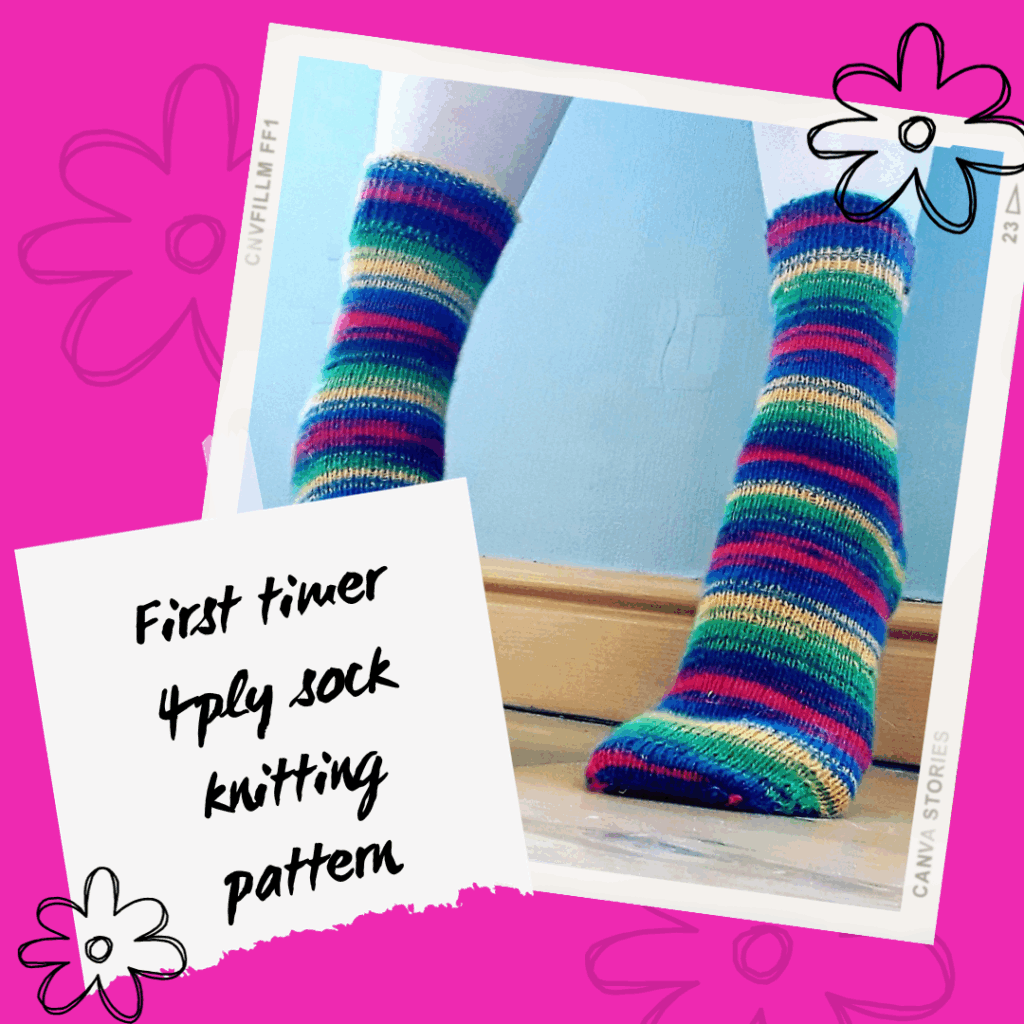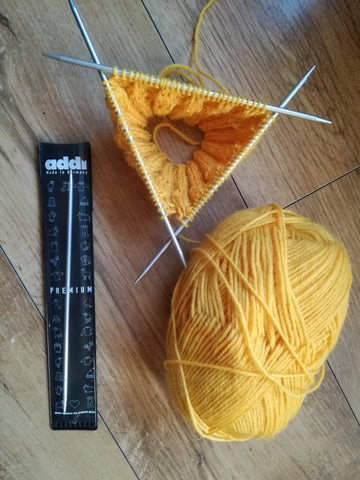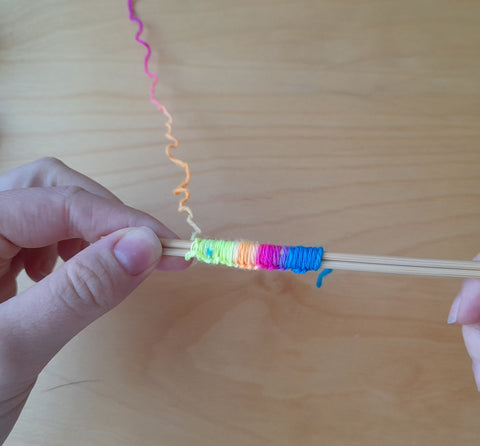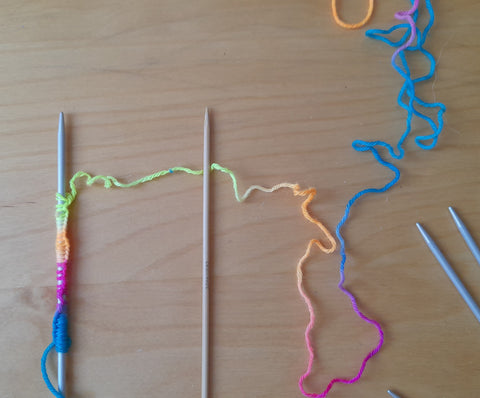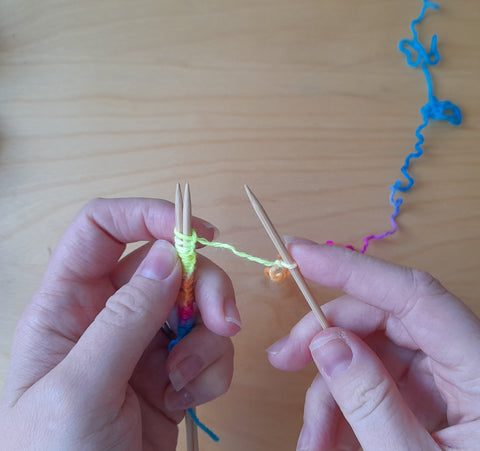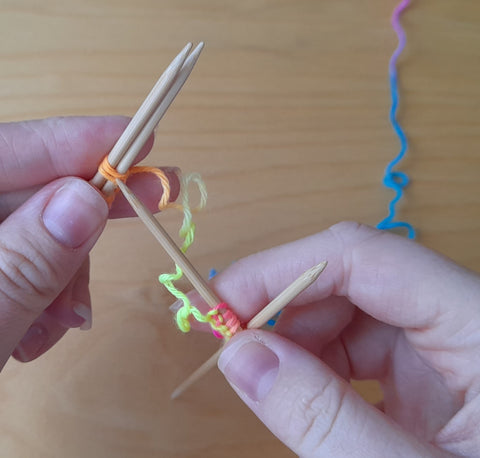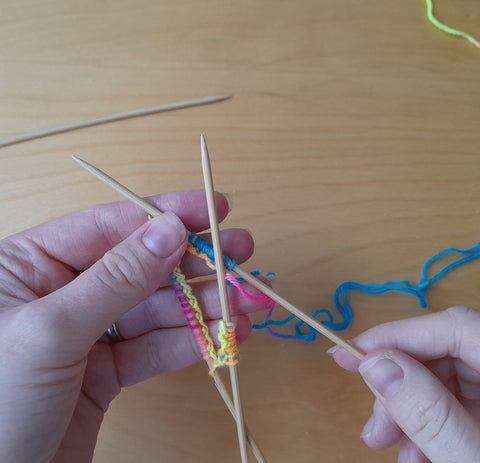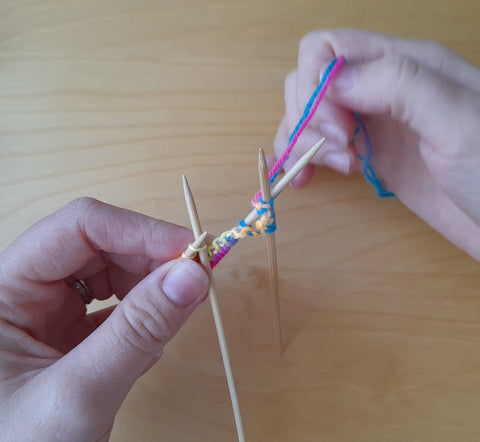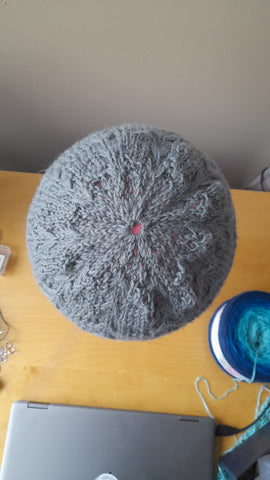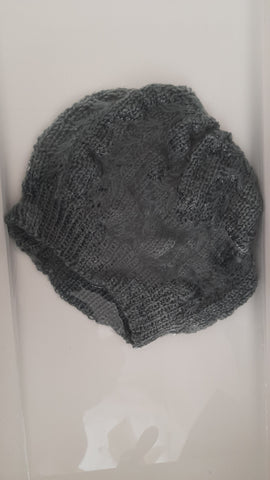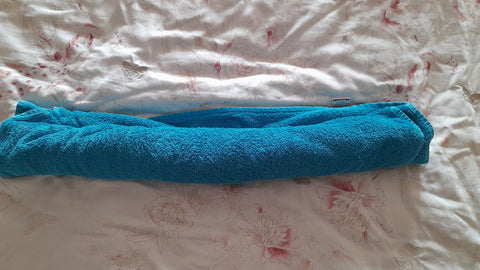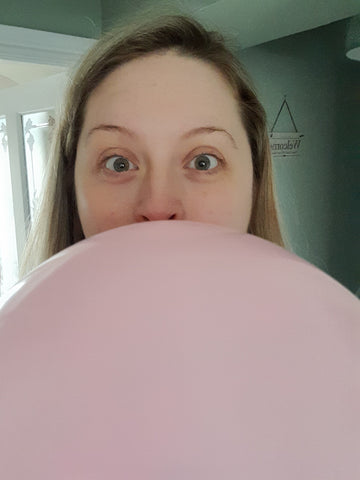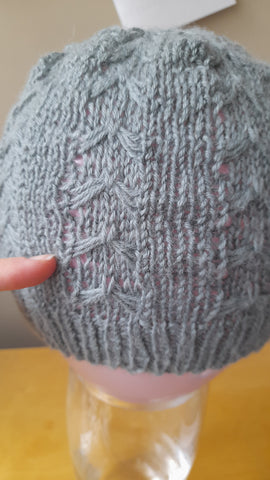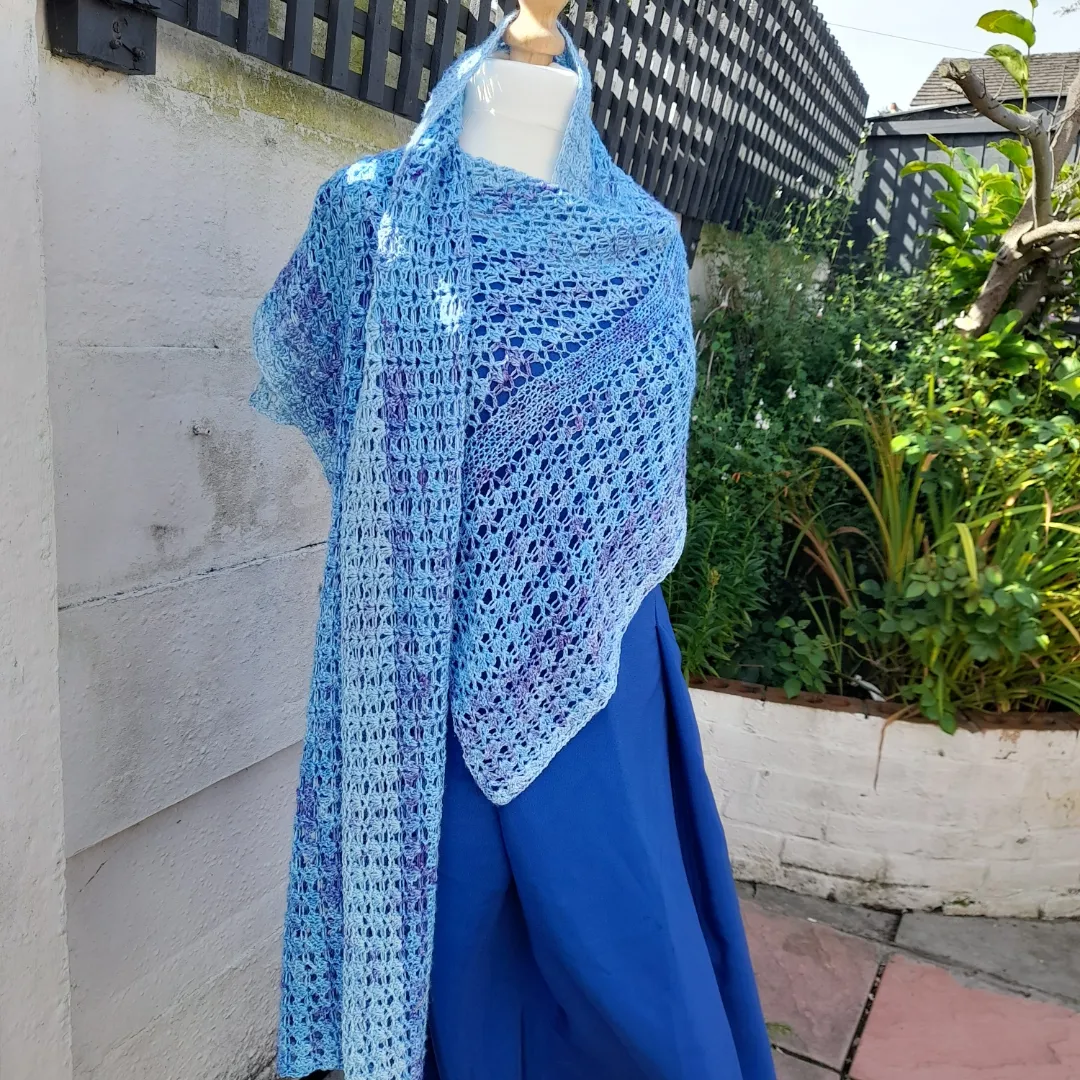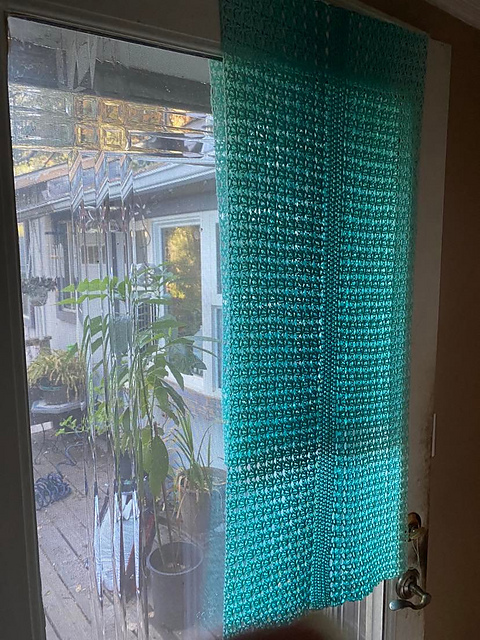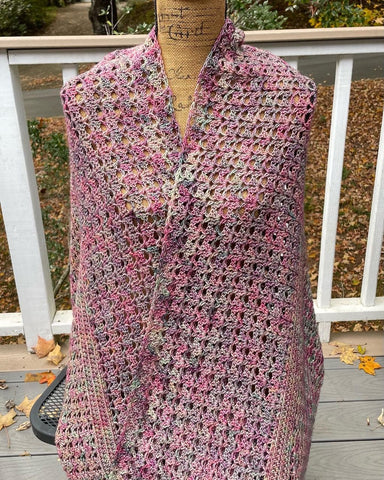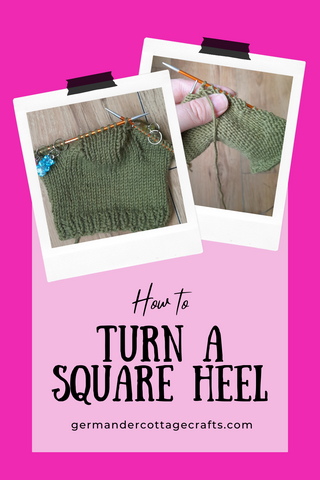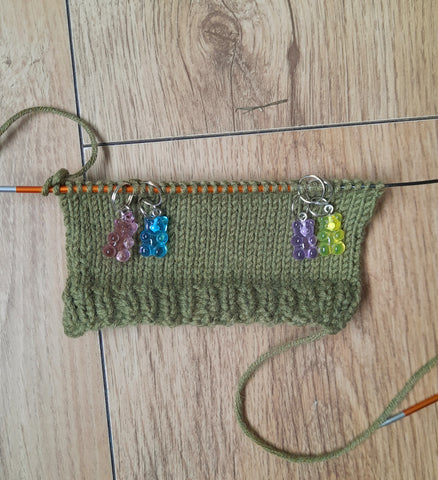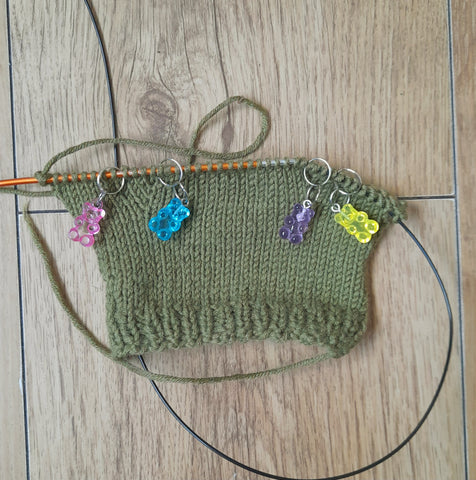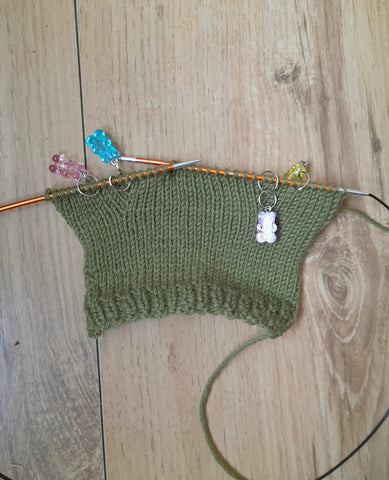This is a free pattern for a crochet circle. How to crochet a flat circle
Creating your first crochet circle is really tough, especially when you don’t know how to make it bigger or how to make it lie flat. With this pattern I can explain how to:
- Start the circle
- Increase the circle
- Make it lie flat
Materials required:
- 50g/1.75oz of cotton DK yarn such as Cygnet cotton DK (100% cotton, 200m/219 yd per 100g/3.5oz ball) Any DK yarn will do here.
- 3.75mm/F-5 crochet hook.
- Scissors
- Darning needle
Terms are written in US crochet terms throughout. Not sure what they are? Here’s a handy blog post explaining US and UK crochet terms.
It’s so handy to know how to make a crochet circle. They’re not just great for granny square designs but you can also make circles big enough to be place mats, bags or cushion covers. Have fun learning how to make a crochet circle that stays flat!
When you’re done with the tutorial, I’ve included some fun crochet kits that you can try. They will not only help you to practice the crochet circle, but they will help you learn how to make other useful crochet shapes for home decor and toys!
Now for the tutorial with step by step photos. Here’s how I make a circle in crochet.
Step 1: Make a slipknot and make a chain of 6 sts.
Step 2: Slip stitch with the 1st chain (not the slipknot) to create a ring.
Step 4: Chain 3 (counts as 1st double crochet stitch)
Step 5: Make another double crochet into the centre of the ring.
Step 6: Make 10 more double crochet stitches into the centre of the ring. (12 sts in total).
Step 7: Slip stitch to join the top of the chain 3 to the last dc. First round complete. (12 sts)
Next round:
Step 1: Chain 3 (counts as 1st double crochet)
Step 2: Make a double crochet stitch into the base of the chain 3. (1st increase done)
Step 3: Make 2 double crochet stitches into the next stitch.
Step 4: Make 2 double crochet stitches in every stitch around. (24 sts)
Step 5: Slip stitch with first chain 3 to close the round.
Next round and all subsequent rounds:
Every round needs to increase by 12 stitches in order to retain shape and lie flat.
Round 3:
Start the round in the same way as the previous round but this time, make an increase every other stitch not every stitch. (36 sts)
Round 4: Start the round in the same way as the previous round but this time, make an increase every 3rd stitch. That means there’s an increase in every 4th stitch.
Round 5 and all other rounds: Increase every 4th, 5th and 6th stitch per round. Make sure that the amount of stitches per round has increased by no more or less than 12 stitches.
Why not use your finished circle as a cute mat for plants or a placemat?
Crochet circles don’t always sit flat the first time around. here are some possible issues that will arise and how you can fix them:
Circle starting to resemble an Elizabethan ruff?
You have too many increases. Check to see whether you have made the appropriate amount of increases. If there are too many, start the round again.
Circle starting to turn in like a bowl?
You haven’t made enough increases.
Neither of the above solutions working?
Change yarn and/or hook. It could be a tension issue. Always go up or down by 0.5mm until you reach your desired flatness.
Email info@germandercottagecrafts.co.uk or visit my Youtube channel for further pattern help.
Patterns featuring crochet circles to inspire you:
Please note, there are affiliate links here. This means that if you choose to purchase, I do receive a small commission at no further cost to you.
Hoooked DIY Crochet Zpagetti Pouf Kit. Practice your crochet in-the-round with this quick and comfy Zpagettii pouf. They’ve been around for a while but we’re still loving the look of a knitted and crochet poufs. Its soft textural shape of Zpagetti t-shirt yarns is both simple and complicated. With this DIY complete kit you can make your own affordable pouf. We have included a pair of jumbo knitting needles and also a crochet hook and both patterns so you can pick your favourite craft technique. This Hoooked knit & crochet set is also great as a creative DIY gift for a special someone. With this complete Hoooked kit you can cover a pouf with a cross section of 65-70 centimeters and a height of 30-40 centimeters.
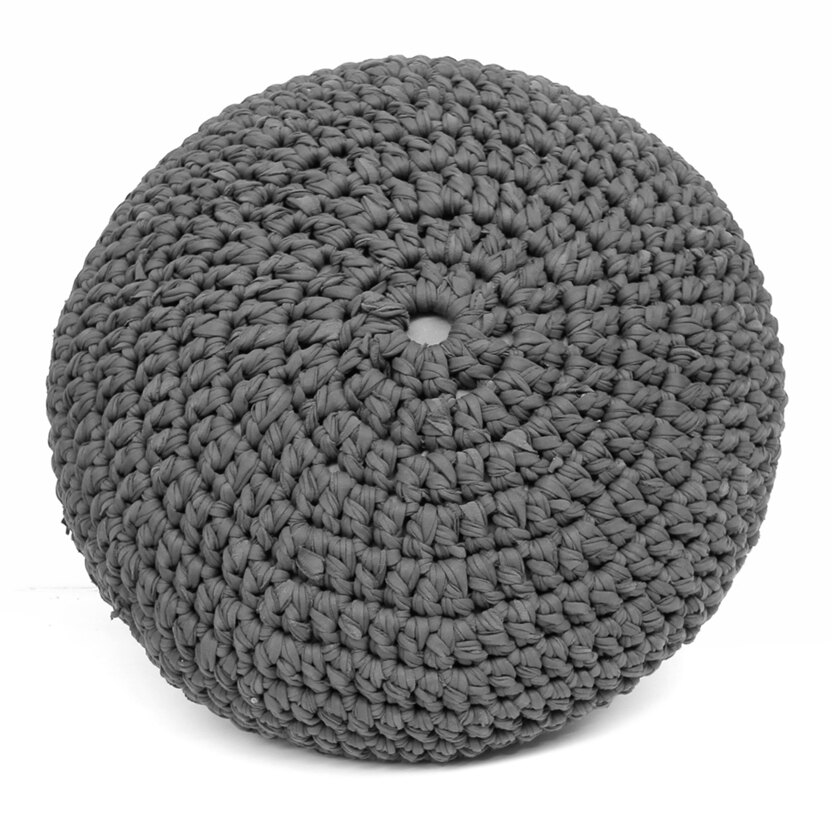
Paintbox yarns cotton Aran Daisy The Chick Crochet Kit. Practice your amigurumi skills with this adorable crochet chick kit. If you know how to crochet a circle, you can make cute little stuffed items like this!

DMC Mindful Making The Peaceful Plant Pot Holders Crochet Kit. This kit will help you crochet a flat circle and also learn how to make it curl up on purpose to create the cylindrical shape perfect for pots, vases and bowls! Give your desk a mindful makeover with these gorgeous crochet plant pot holders.

